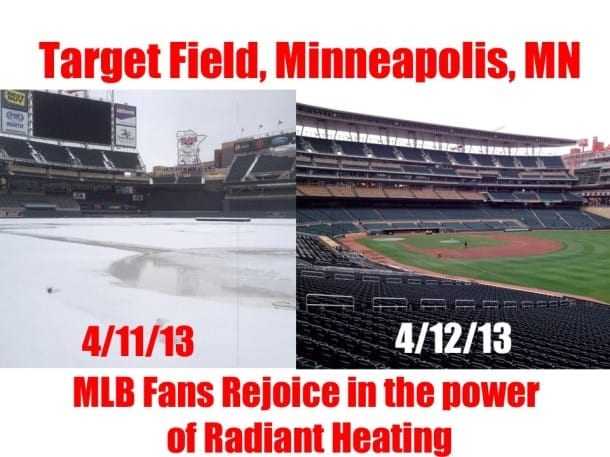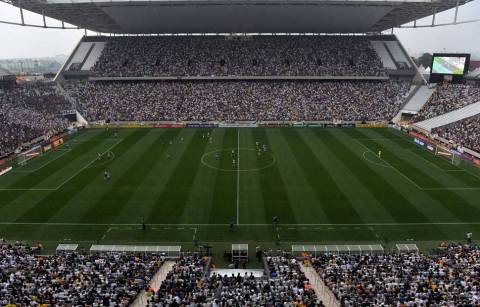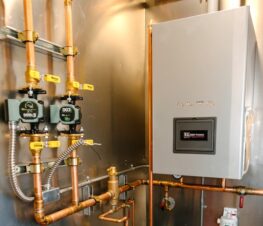Fans form all over the world are witnessing radiant cooling in action and have no idea it’s importance.
Imagine living in a place with an annual rainfall of 57 inches or more and the winter high temperatures can hover around the 95 degree Fahrenheit mark. With numbers like that São Paulo (Brazil) has what is called a “monsoon-influenced humid subtropical climate“ according to the city’s Wikipedia profile. The city is home to the São Paulo’s Sport Club Corinthians Paulista, one of the largest soccer arenas in the world and if you haven’t noticed yet, its also playing host to the 2014 FIFA World Cup. What you might not have noticed is that much of what makes Brazil a contender in having the prestigious title of host to the games is radiant cooling.
The intense heat, high humidity and relentless rain leading up to FIFA would normally take a country like Brazil off the list of potential hosts due to many reasons even beyond the climate issues. But as I write to you world-class players are kicking and dribbling on “cool season” grass despite the hot weather because of the turf management system, including such technologies as radiant cooling.
Turf management is a big business. Water drainage, soil profile, radiant heating or in situations found in Brazil, radiant cooling is utilized. Rain can quickly turn any playing field into an unsafe surface that could cause injury to players and of course cost millions of dollars in lost revenue if an event has to be postponed or cancelled because the field cannot perform as needed.
Right here in in my backyard the Minnesota Twins have been playing atop a field engineered to world-class standards since 2010. Of course the engineering at work here is focused on a whole other set of objectives but built around the same principles; the show must go on, safely. Instead of radiant cooling Target Field goes the opposite direction with a radiant hydronics heating system that tempers the soil throughout the winter to combat our considerably harsh low temperatures and readies the field for game day; even when there is complete snow cover conditions just days before the first pitch is scheduled. Here is a pic I shared on Facebook back in April of 2013.

Have you got something to add to this blog? Please share in the comments section below!





Join the conversation: